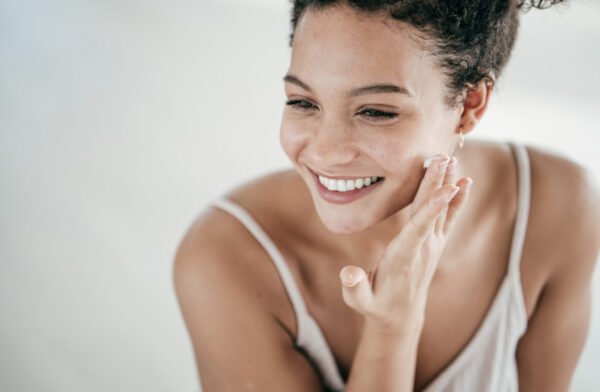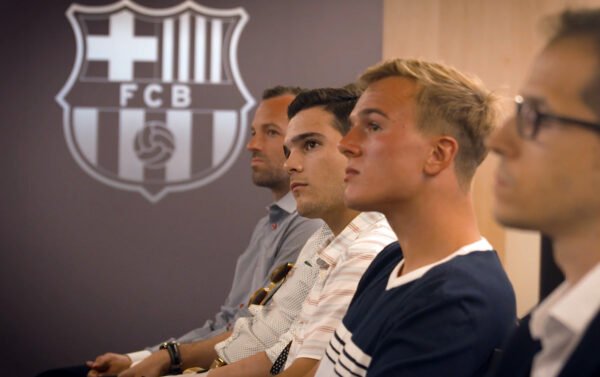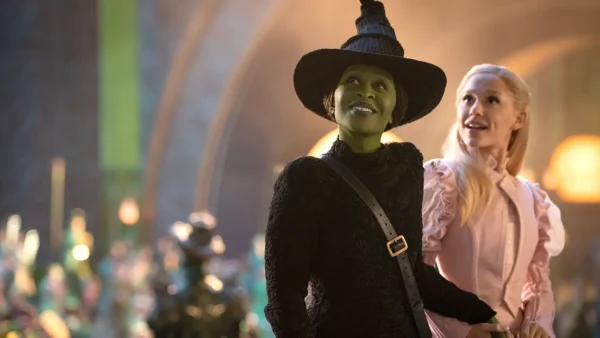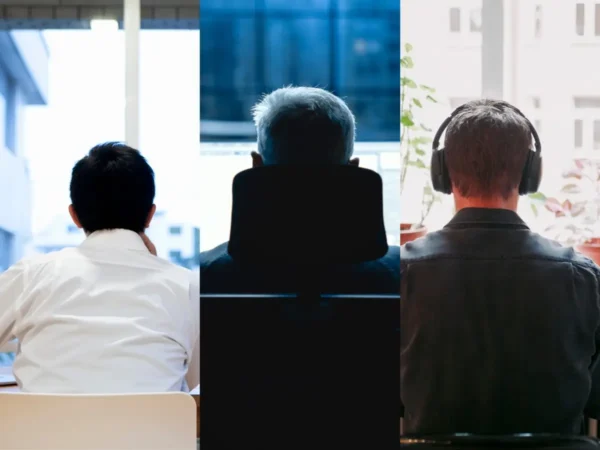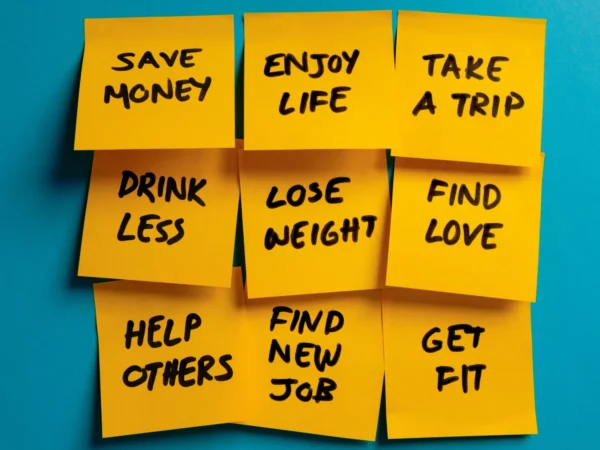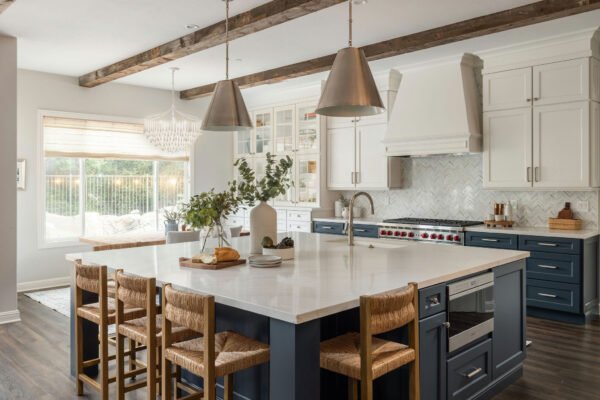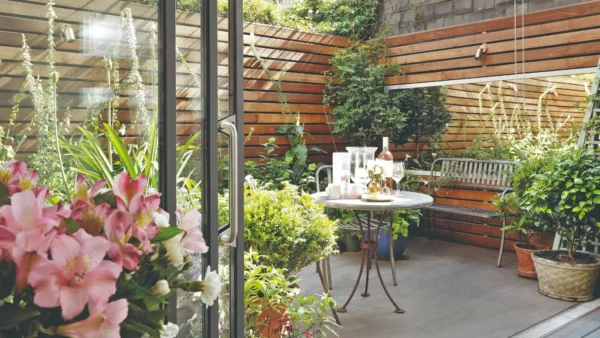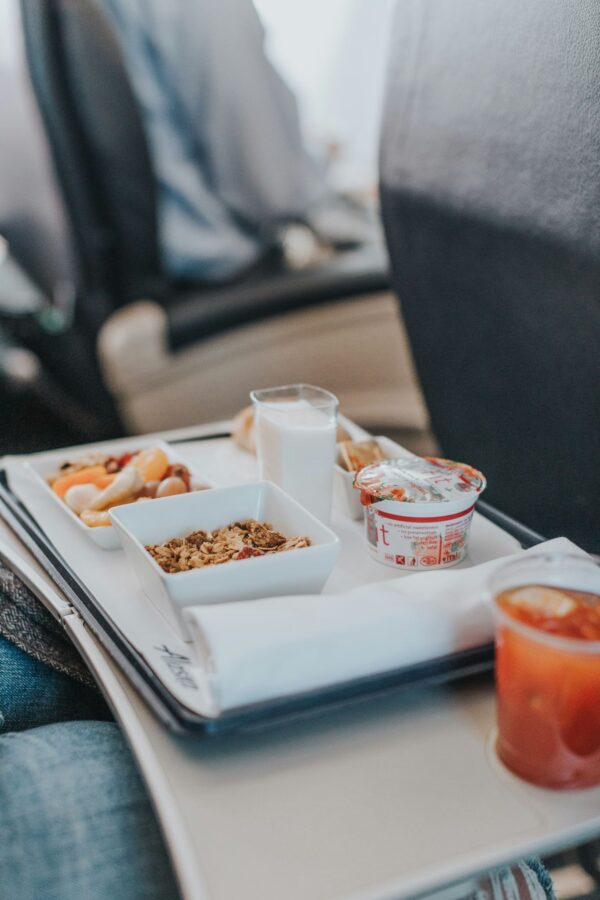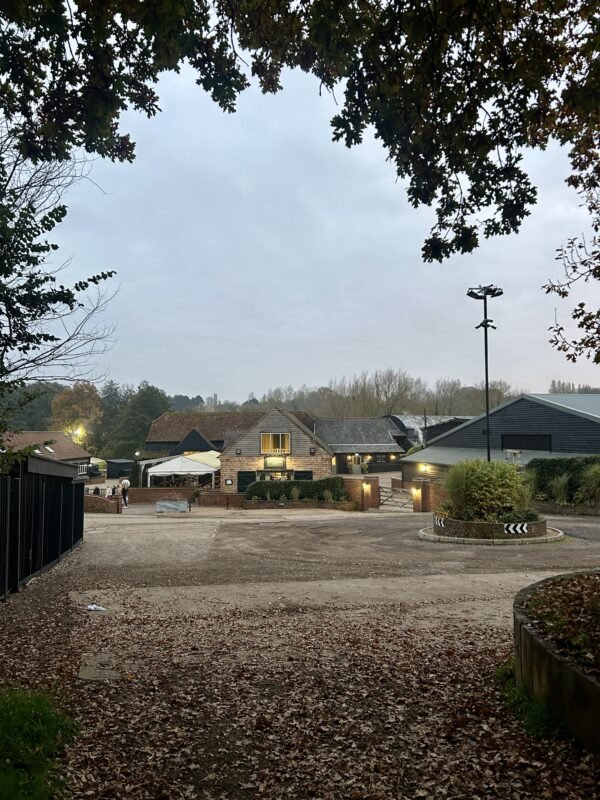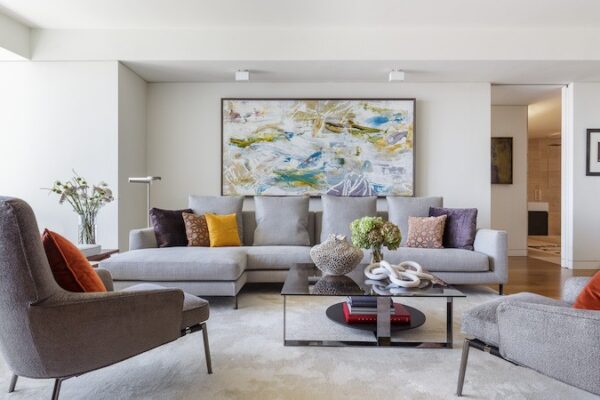
3 Trends Revitalising Retail

High streets were once bustling epicentres of commerce, brimming with buzzing shops and swathes of shoppers. But most high streets could be mistaken for morgues nowadays, with the explosion of online shopping turning once vibrant city centres into ghost towns. Store footfall is in ‘unprecedented’ decline, with a severe 4.8% drop in high street shoppers in March and April of 2018.
Yet, there is still hope for brick and mortar retailers, with affection for high street stores clearly still existing. Research released by retail technology site Maybe found that 78% of the 300,000 people surveyed are concerned about their high street, and 70% are worried about shops closing. It is now up to retailers to woo shoppers back into their stores, something which many brands have already started doing. Here, we’ll look at some of the trends that are currently revitalising retail stores.
Innovative store designs are making shops more enticing

Store designs are evolving innovatively in order to capture consumer attention. For instance, stores are using mannequins more theatrically to catch the eye of passers-by and create Instagrammable moments they can share online. Both Primark and H&M have used mannequin stages to draw attention to their products, whilst Missguided—traditionally an online-only clothes brand—launched their first ever brick and mortar store by uniquely making mannequins a focus of the shop. Designed by retail design agency Prop Studios, the inaugural store featured mannequins posing with a giant pink monster truck prop, flipping the script on how mannequins are traditionally displayed.
Another way stores have been changing up their design is by suspending displays from ceilings in order to create an illusion of spaciousness and highlight certain style ideas. Plenty of London stores have taken this approach in recent times, including Atelier 75 in New Cavendish Street and womenswear brand Lisou in Westbourne Grove. Retailers have also been using biophilic designs to appeal to consumers, with more stores incorporating design elements reflecting the natural environment.

Apple are perhaps the most prominent proponent of this type of design, with many of their stores featuring plants and plenty of natural light, and now many other brands are following their lead. This design form helps to create a sense of serenity for shoppers, with biophilia shown by various researchers to have a range of benefits for us, such as improved mood and reduced stress levels. Biophilic retail designs can therefore go a long way to improving our retail experience, and are the antithesis to retail’s historically hectic feel.
Experiential shopping is changing the way we shop

Shopping is no longer just about going out and buying things you need. It’s increasingly becoming an experience, with the proliferation of experiential shopping. From DJs in clothes stores, to espresso bars in hair salons, experiential shopping has been heralded as the future of retail. The trend is driven by demand for experiences—for instance, Barclaycard’s research that showed that 52% of UK consumers value experience over material goods, and 52% were also more likely to tell others about an enjoyable retail experience than an actual purchase. Labelled as the ‘experience economy’, more retailers are following the trend, and using experiences to entice customers to their stores.
Vans’ House of Vans in London is a shining example of this. The venue ties perfectly into their “Off the Wall” motto, as in addition to shopping, customers can listen to live music, catch a movie, view art, eat, and (naturally) skate on a free-to-use ramp.
Brands everywhere are getting in on the act—Debenhams recently rolled out in-store gyms, whilst Topshop have provided everything from yoga classes to art lessons in their stores in recent times. This trend is gaining plenty of traction, and could change the way we shop forever.
Longer opening hours let us shop at our convenience

Convenience is of paramount importance for today’s time-strapped consumers. With e-commerce enabling shoppers to get anything they want, whenever they want it, more retailers are catering to this consumer culture of immediacy by introducing longer opening hours. For instance, John Lewis recently launched an after-hours private shopping service, whilst shopping centres across the country, such as Bluewater in Kent, the Trafford Centre in Manchester and the Metrocentre in Newcastle, all open until at least 9pm.
As noted by Future Laboratory chief executive Trevor Hardy: “As traditional business models of all sorts crumble, the store that was open 10am to 6pm will be a thing of the past.” According to research from Visa, late night shopping is the public’s favourite high street initiative, ahead of schemes like free parking days and food festivals.
Innovative store designs, experiential shopping and extended opening hours are just some of the ways retailers are revitalising the way we shop. Despite the air of despondency around the high street, trends like this can hopefully entice shoppers back into brick and mortar stores in their droves, and turn their fortunes around for good.











